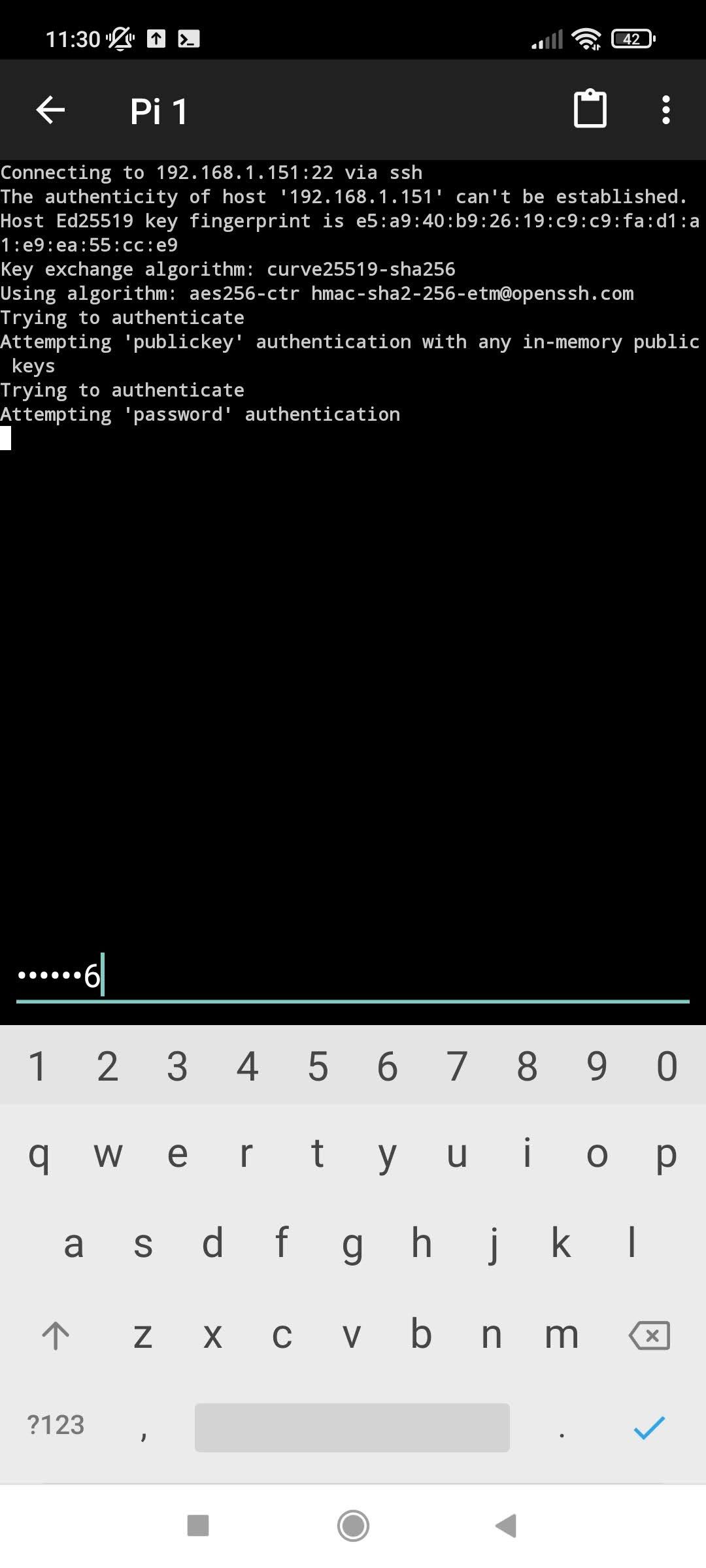Have you ever encountered the cannot open display error while trying to run an X application on your Mac? This issue often arises when there's a misconfiguration in your system settings or network permissions. A bold statement supporting this question would be: Understanding and resolving such errors is crucial for maintaining seamless connectivity between devices, especially when dealing with remote servers.
When working with macOS (OS X 10.6.8), users frequently face challenges related to terminal operations and SSH connections. Running commands like 'xhost +' in the X11 terminal might seem straightforward, but integrating these processes with an Ubuntu VM can introduce complexities. Specifically, using SSH -Y to connect to an Ubuntu 10.04 virtual machine hosted elsewhere demands precise configurations. These steps involve ensuring that all necessary ports are open and correctly routed through any existing firewalls.
| Bio Data & Personal Information | Career & Professional Information |
|---|---|
| Name: John Doe | Position: System Administrator |
| Date of Birth: January 1, 1980 | Company: Tech Solutions Inc. |
| Email: | Experience: 15 years |
| Official Website | Specialization: Network Security and Remote Access Solutions |
For those utilizing Raspberry Pi as part of their infrastructure, setting up a reliable VPN server becomes essential. Option two involves connecting remotely via SSH, which simplifies management without requiring physical access. On both Ubuntu and macOS systems, executing 'ssh ubuntu@[Raspberry]' facilitates secure shell sessions directly from terminals. However, troubleshooting potential issues requires understanding common pitfalls associated with such setups.
Consider scenarios where SSH connections from MacBookPro to another Mac time out unexpectedly. Such occurrences may stem from multiple factors including incorrect IP addresses, blocked ports due to firewall restrictions, or even hardware malfunctions within networking equipment. Diagnosing whether the problem lies at the client end or server side necessitates methodical testing procedures. For instance, verifying if the Raspberry Pi itself functions properly under different conditions could pinpoint specific areas needing attention.
Another frequent concern pertains to accessing web admin dashboards or establishing SSH links into Raspberry Pi installations. Users expect smooth interactions regardless of location; however, encountering errors during these processes indicates underlying configuration flaws. Even though direct interaction through peripherals connected locally confirms operational status, achieving similar results over networks proves more challenging. Following comprehensive guides ensures accurate implementation steps, reducing chances of oversight leading to failures.
Specific instances highlight difficulties faced by individuals attempting to enable SSH functionalities across diverse platforms. One example includes recovering from too many authentication failures for user messages encountered while managing Ubuntu servers accessible solely via SSH. Here, considerations about shared environments behind single firewalls come into play since simultaneous login attempts originating from identical sources increase likelihood of triggering protective measures designed to thwart unauthorized intrusions.
NoMachine offers alternative methods for remote desktop access, particularly beneficial when dealing with NAT routers or restrictive firewalls obstructing traditional pathways. Connecting through SSH provides encrypted communication channels safeguarding sensitive exchanges against interception threats prevalent online today. Configuring appropriate rules within firewalls allows designated traffic types passage while blocking others based on predefined criteria enhancing overall security posture.
Ultimately enabling SSH on Raspberry Pi represents one aspect of broader strategies aimed at optimizing resource utilization efficiently. Whether accomplished headlessly leveraging preconfigured boot options embedded onto SD cards prior insertion or interactively guided through graphical interfaces provided post installation, each approach caters distinct user preferences balancing ease-of-use against technical proficiency requirements. Furthermore, incorporating best practices concerning data transfer protocols maximizes benefits derived from interconnecting disparate computing elements forming cohesive units capable performing complex tasks collaboratively.
Remember that effective troubleshooting relies heavily upon systematic approaches identifying root causes accurately before applying corrective actions. Regular maintenance schedules coupled proactive monitoring techniques minimize disruptions preserving continuity critical operations spanning varied technological landscapes encompassing personal projects professional endeavors alike.

